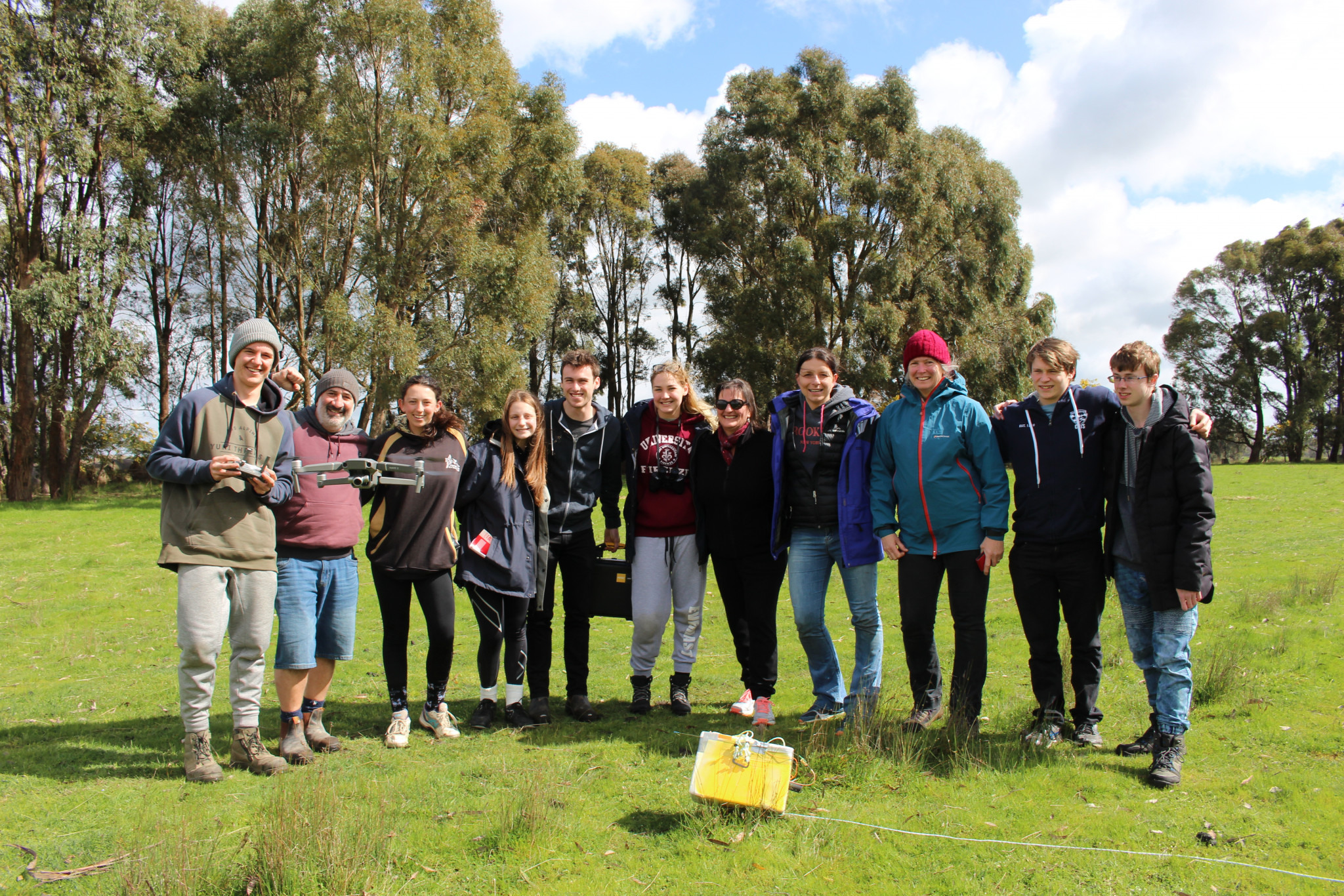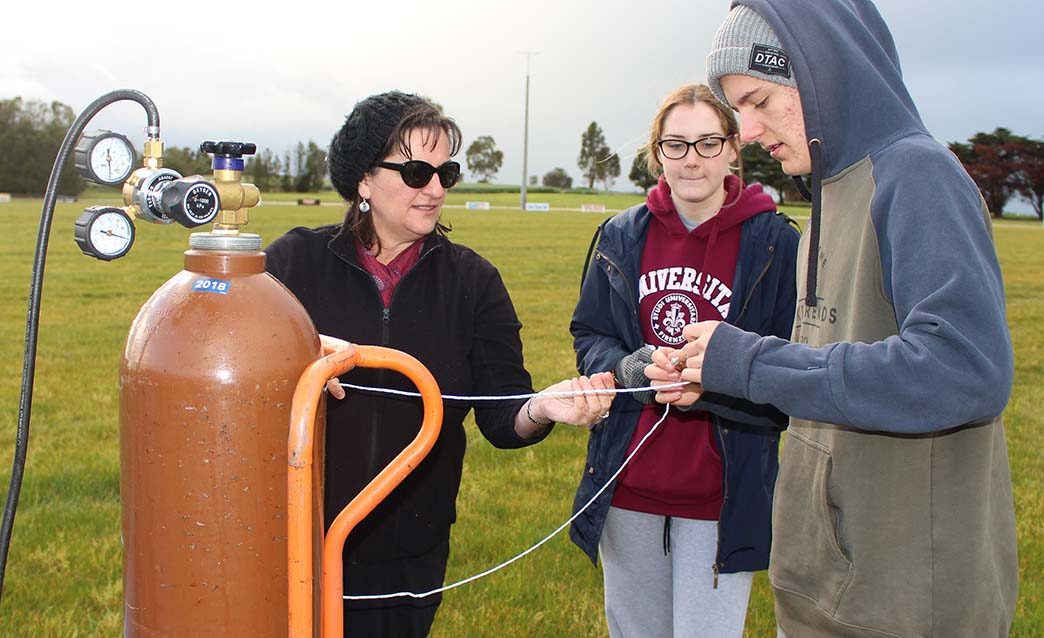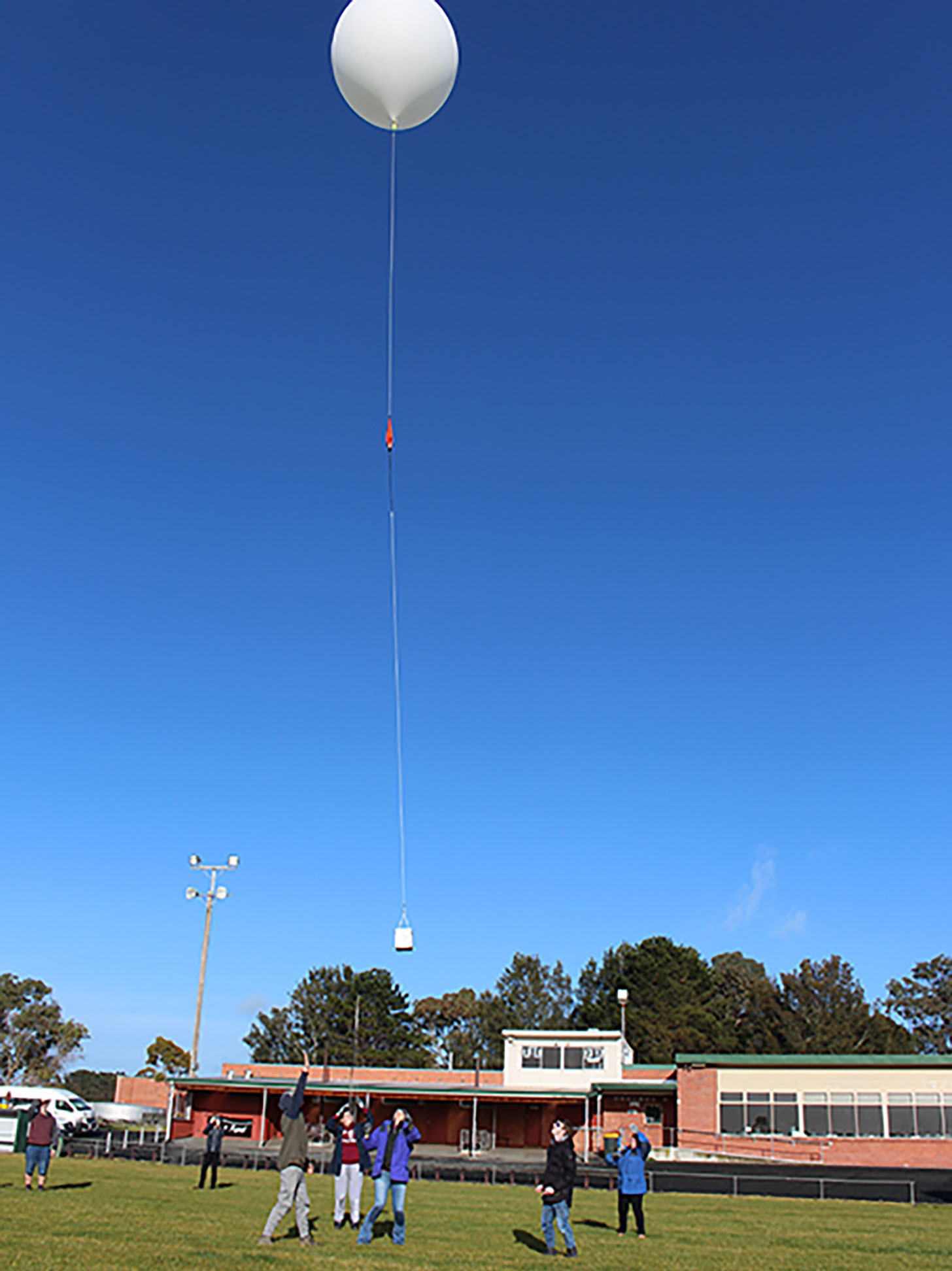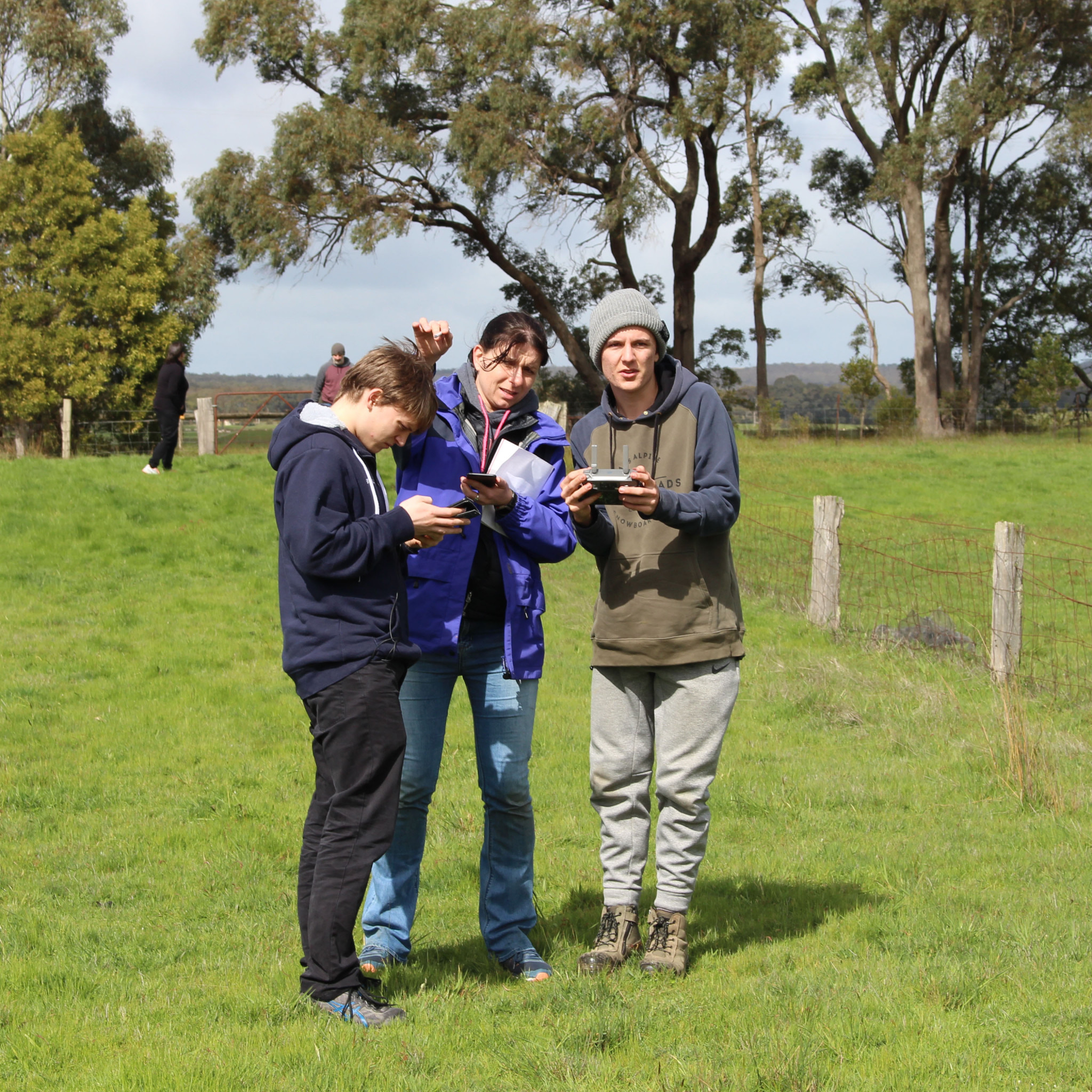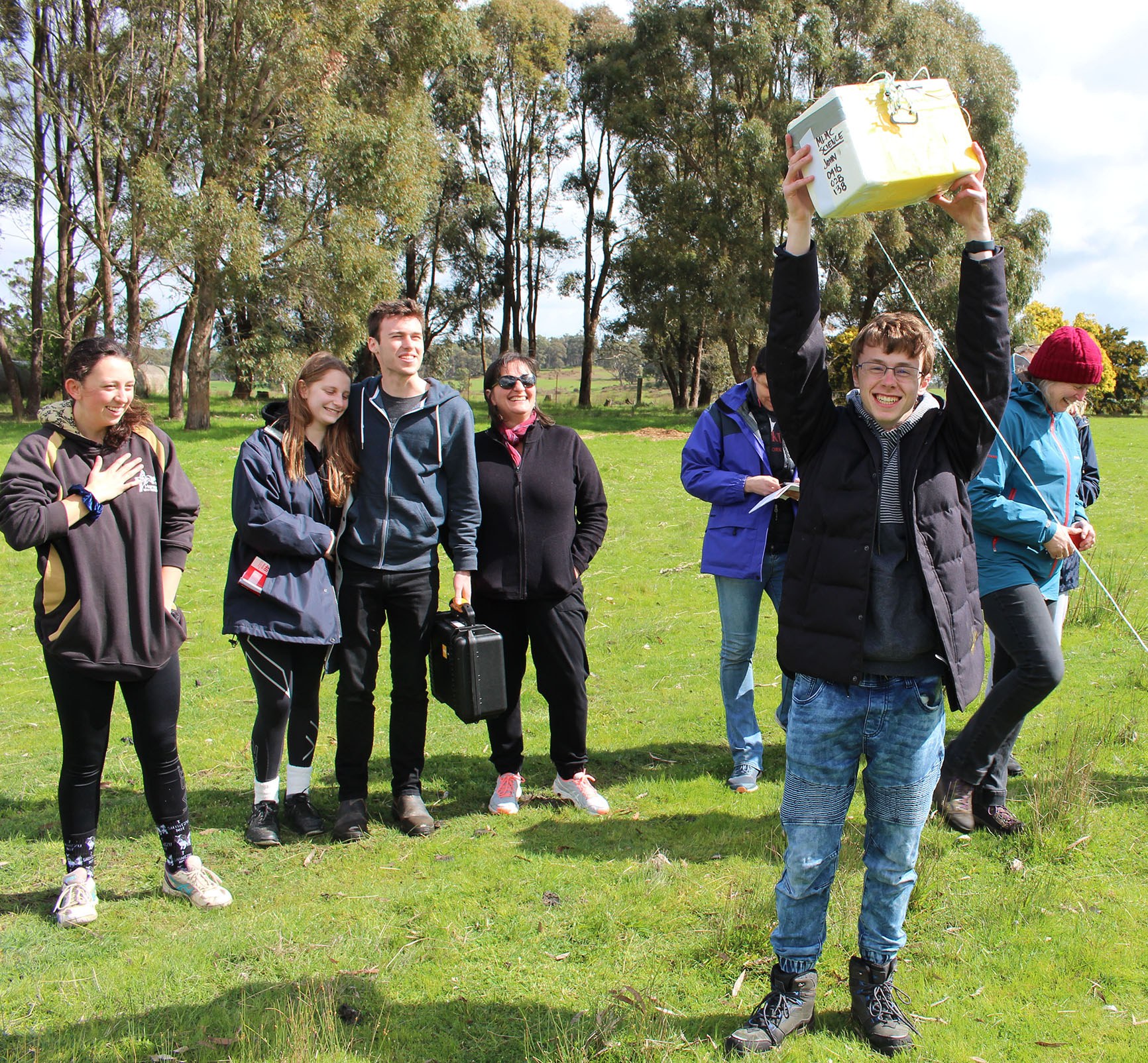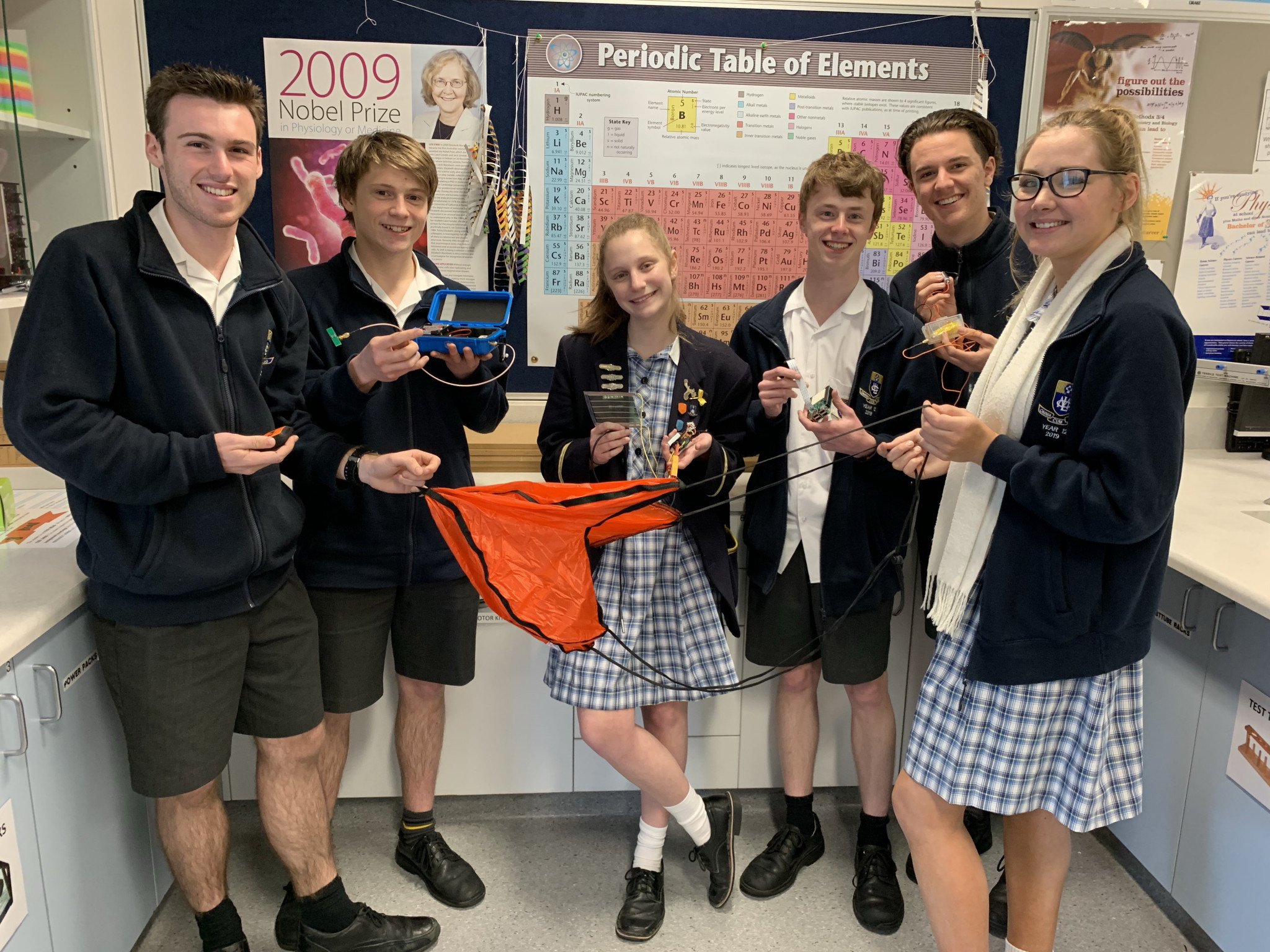For the first time ever, MLMC took part in a High Altitude Balloon (HAB) project this year. A team of seven students and three teachers worked together for five months to launch an unmanned balloon up 28,000 metres into the air to collect a range of data that we hope to use in schools to gain a better understanding of what it is like up in ‘near space’. This project was undertaken as a way to contribute to Science Week’s theme ‘Destination to the Moon’ and to celebrate the 50th anniversary of the Apollo 11 lunar landing and first moonwalk in 1969.
Over the five months, an enormous amount of planning and organisation was done. Working alonside Science Faculty Leader Mrs Urszula Faulkner, we were able to obtain all the equipment we needed within the first month. The original launch date was 10 August, so we had to set up and test all the equipment, trial loading of the payload and practice filling up the giant helium balloon using one of the two 8Lt tanks.
Like most science experiments, this one had many setbacks. On arrival, the APRS (our main tracking device) was delivered faulty. This had to be sent back in order to get a new, working one, setting our launch date back. This wasn’t resolved for about a month, resulting in us getting another tracking device (the UHF) as a back-up. As well as hardware setbacks, we experienced many weather setbacks. Since CASA (Civil Aviation Safety Authority) only gave us a 120km search radius, we had to pay careful attention to the weather predictions. Using the HAB Hub tracker, which is used for all HAB projects, we were able to estimate the distance travelled — whether it was in the search radius or not — and where it was estimated to pop and land. The accuracy of these co-ordinates were correct on the day of launch, easing many of our doubts. Weather predictions resulted in more pushbacks of our launch date all the way until October.
Despite all the unforeseen setbacks, the launch eventually took place on Thursday 17 October. We arrived at Lake Bolac at 7.15am to prepare the site and put all our hard work to the test. The overall experiment of launching worked and the payload was recovered within 10 minutes of its landing as a result of the accurate readings all three trackers gave. It was unfortunate to discover that the Raspberry Pi we used to collect all our main data was disconnected from its batteries, rendering it useless. However, we did obtain other readings from the CO2 meter and the temperature probe. Although we didn’t exactly obtain the results we wanted, the experiment was a fun learning experience for everyone who participated and we can’t wait to try it again next year and build on our learning from this year.
The team involved included teachers Mr John Parlas, Mrs Urszula Faulkner and Ms Kerrie Dohrmann, science lab technician Mrs Valmai Hicks and seven students Ethan Cornish, Harrison Stolzenhain, Lara Griffin-Krenn, Brayden Hunt, Tristan Mifsud, Olivia Pettinella and Jamieson Manger.
For specific details about the equipment used in the project, see the attached document.
FLIGHT DETAILS | |
Launch location | Lake Bolac Lat: -37.7192 Long: 142.8426 |
Launch date | 17 October 2019 |
Launch time | 8.20am |
Balloon type | Hwoyee 1kg Latex |
Payload mass | 1.7kg |
Neck lift | 3.511kg |
Helium volume | 4.39m3 |
Altitude |
|
Landing site | |
Predicted range | 103.9km |
Predicted duration | 2hr 11min |
